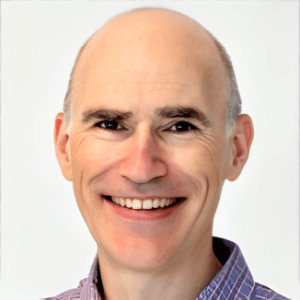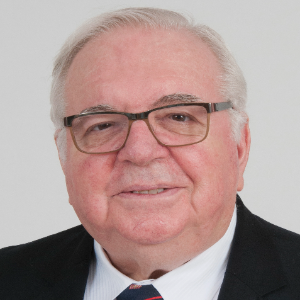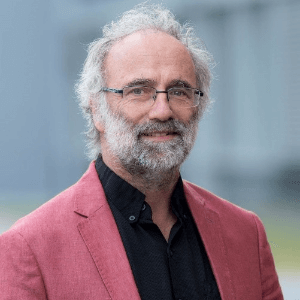The use of molten material, usually metal, is used in casting procedures. After that, the molten material is poured into a mould chamber that acquires the shape of the finished part. The molten material then cools until it hardens into the required shape, with heat being absorbed mostly through the mould. Despite the fact that the above represents a relatively simple process, casting is inherently a complicated process due to the metallurgy of working with molten metal. Casting is used to create parts with intricate shapes that would be difficult or cost prohibitive to create using other methods, such as cutting solid material.
Rolling is a metal forming process that involves passing metal stock between one or more pairs of rolls to reduce thickness, uniform thickness, and/or impart a desired mechanical attribute. The concept is comparable to how dough is rolled out. The temperature of the metal rolled is used to classify rolling. The procedure is known as hot rolling when the temperature of the metal is higher than its recrystallization temperature. Cold rolling is when the metal is rolled at a temperature below its recrystallization temperature. Hot rolling processes more tonnage than any other manufacturing process, and cold rolling processes the largest tonnage of all cold working processes in terms of tonnage.
Forming, also known as Metal Forming, is a vast group of manufacturing processes that transform a raw material into a finished product. We apply stresses like tension, compression, shear, and others to distort the raw material in this process. Sheet metal fabrication, forging, rolling, extrusion, wire drawing, thread rolling, rotary swinging, and other shaping techniques are examples.
Forging is the process of heating metal to extremely high temperatures. This forging method can be used to give metal a certain shape. The compressive force is usually what makes it operate. The metal is first heated to a very high temperature. The metal is then placed in a die. After that, a compressive force is applied to the heated metal so that it can deform into the shape of the die with the help of the force applied by the hammer or other device to the metal. As a result, the metal deforms to acquire its shape.
Annealing is a heat treatment method that increases a material's ductility while lowering its hardness. The reduction of dislocations in the crystal structure of the annealed material causes this change in hardness and ductility. After a material has been hardened or cold worked, it is frequently annealed to prevent brittle failure or to make it more formable for subsequent operations.
- Steel Forming Processes
- Furnace technology

Ephraim Suhir
Portland State University, United States
Thomas J Webster
Interstellar Therapeutics, United States
Robert Buenker
University of Wuppertal, Germany
Will Skene
Montreal University, Canada
Valeriy A Buryachenko
Micromechanics & Composites LLC, United States
Anis Rahman
Applied Research & Photonics, Inc, United States
Will Skene
Montreal University, Canada
Robert Guidoin
Laval University, Canada
Robert Buenker
University of Wuppertal, Germany


Title : Introducing picotechnology: An exciting extension of nanotechnology
Thomas J Webster, Interstellar Therapeutics, United States
Title : The failure of both einsteins space-time theory and his equivalence principle and their resolution by the uniform scaling method
Robert Buenker, University of Wuppertal, Germany
Title : Material challenges with proton conducting ceramics for intermediate temperature hydrogenation/dehydrogenation applications
Saheli Biswas, Commonwealth Scientific and Industrial Research Organisation, Australia
Title : Porphyrin layers at metal-electrolyte interfaces monitored by EC-STM and CV
Marek Nowicki, University of Wroclaw, Poland
Title : Color control of electrochromes by structural modification
Will Skene, Montreal University, Canada
Title : Make experiments more efficient: Two simple and powerful approaches. Mg2Si growth for photovoltaic and thermoelectric applications
Alexander S Gouralnik , Institute of Automation and Control Processes, Russian Federation
Title : Reconfigurable antenna structures using tunable materials
Nasimuddin, Institute for Infocomm Research, Singapore
Title : (0, 1 and 2) Dimensional hybrid architecture of the synthesized materials leads the smart sensing of the gaseous species at low/room temperature
D R Patil, North Maharashtra University, India
Title : Enhanced grain refinement, precipitates regulation, and improved mechanical properties of cast Al-Li alloy by Ti addition and heat treatment
Lixiong Shao, Shanghai Jiao Tong University, China
Title : Broadband sound attenuation of shape memory polymer with triangular-honeycomb unit cell metamaterial structural design
Musaab Ejaz, Universiti Teknologi PETRONAS (UTP), Malaysia